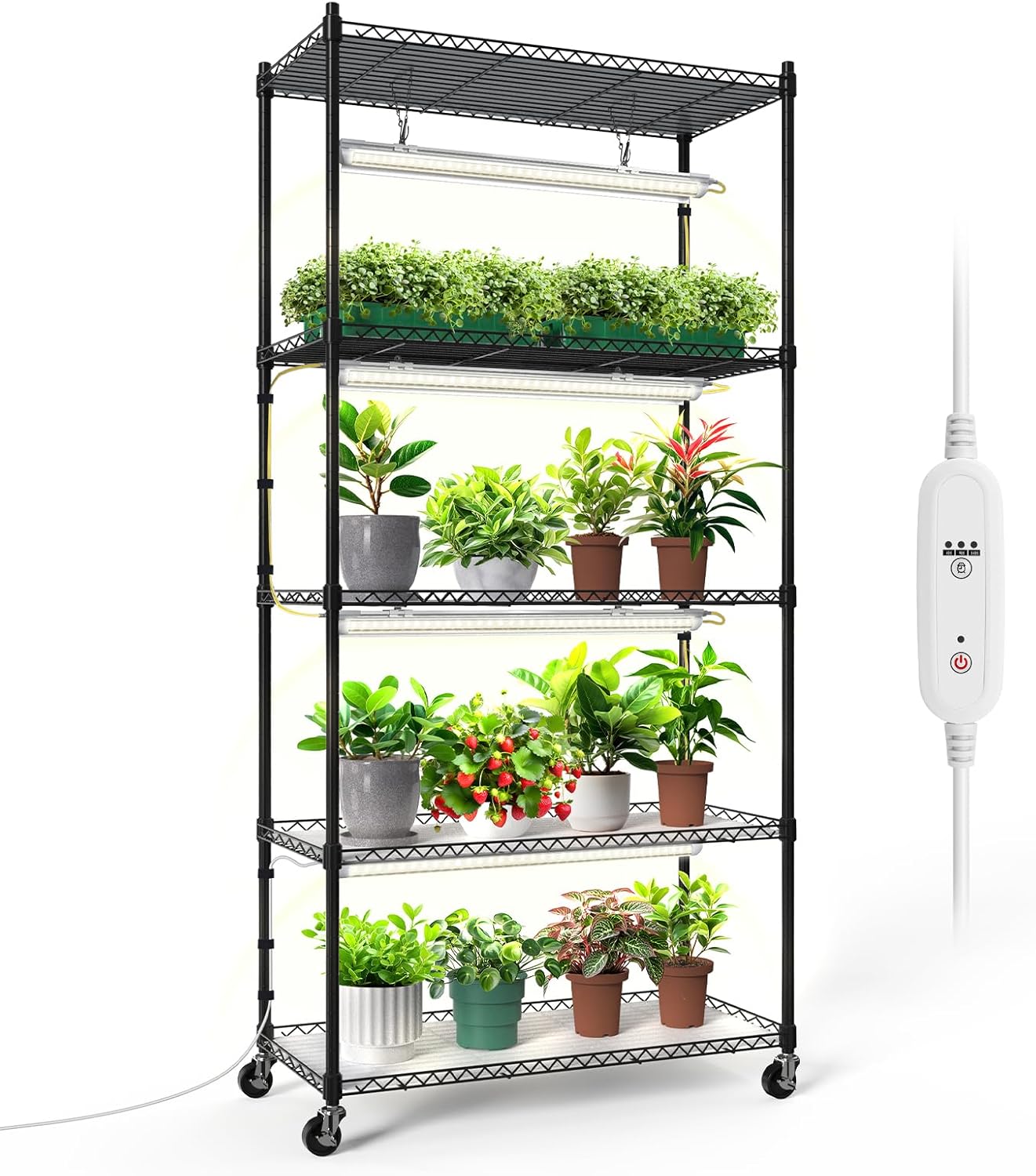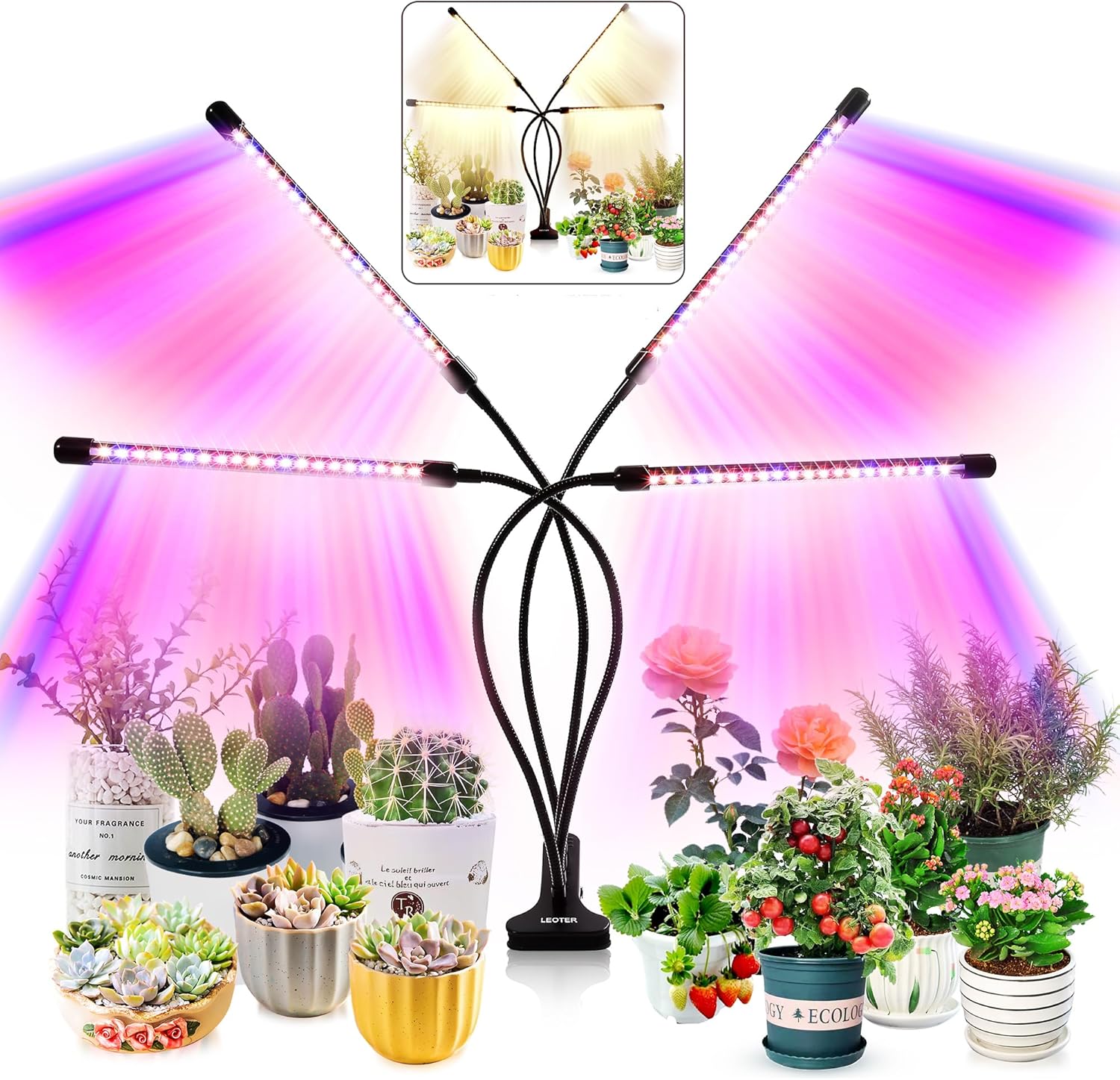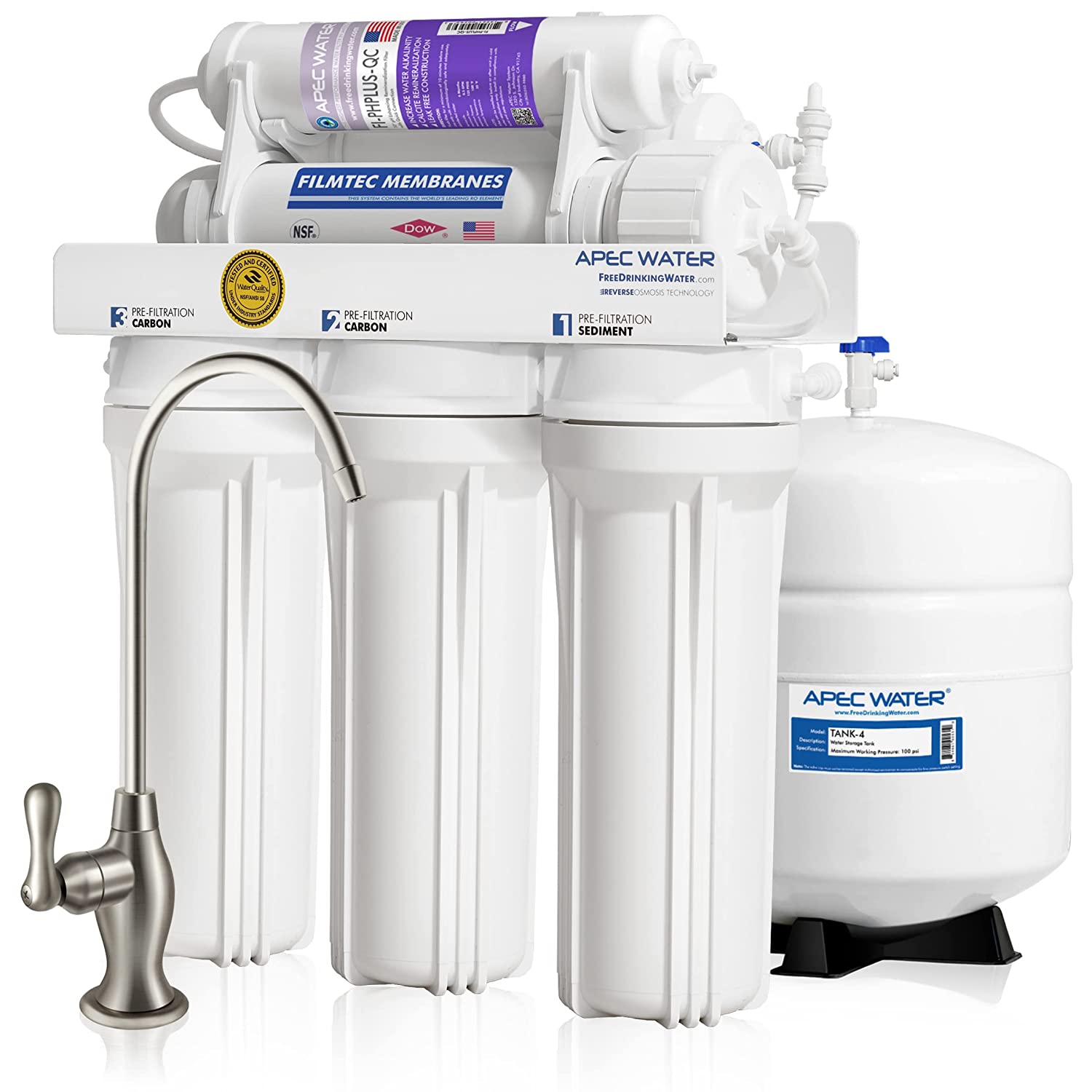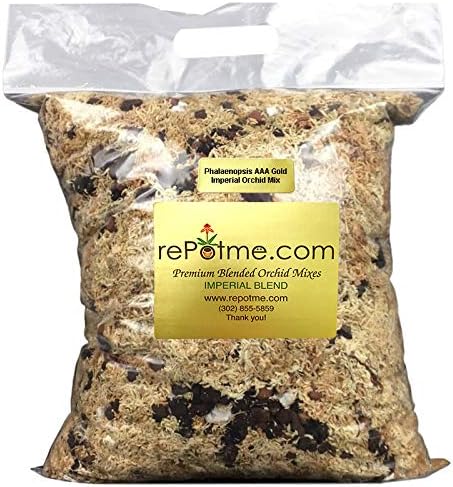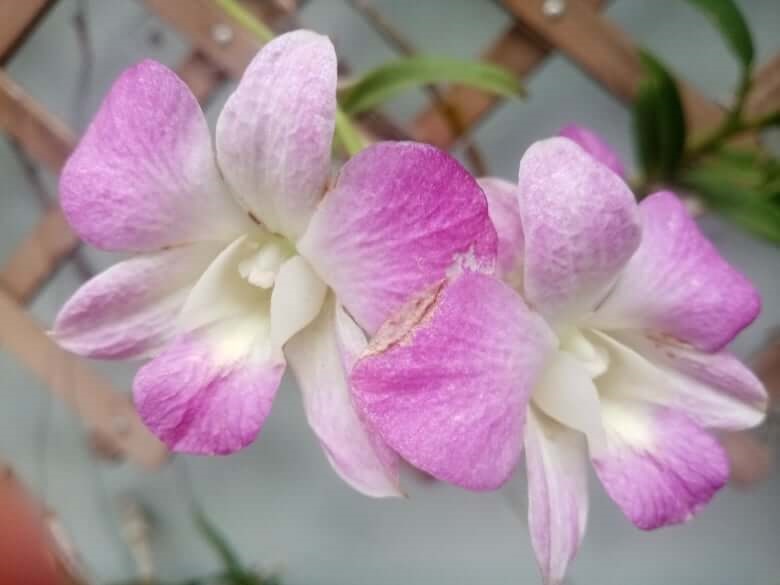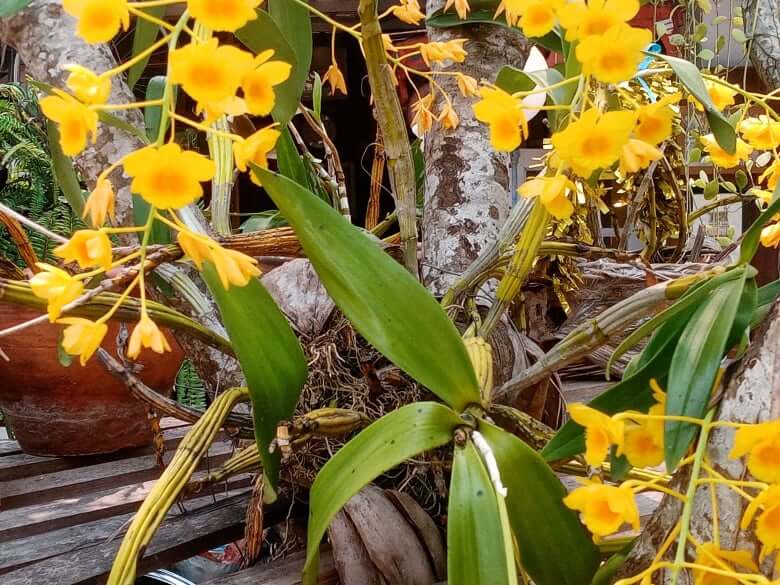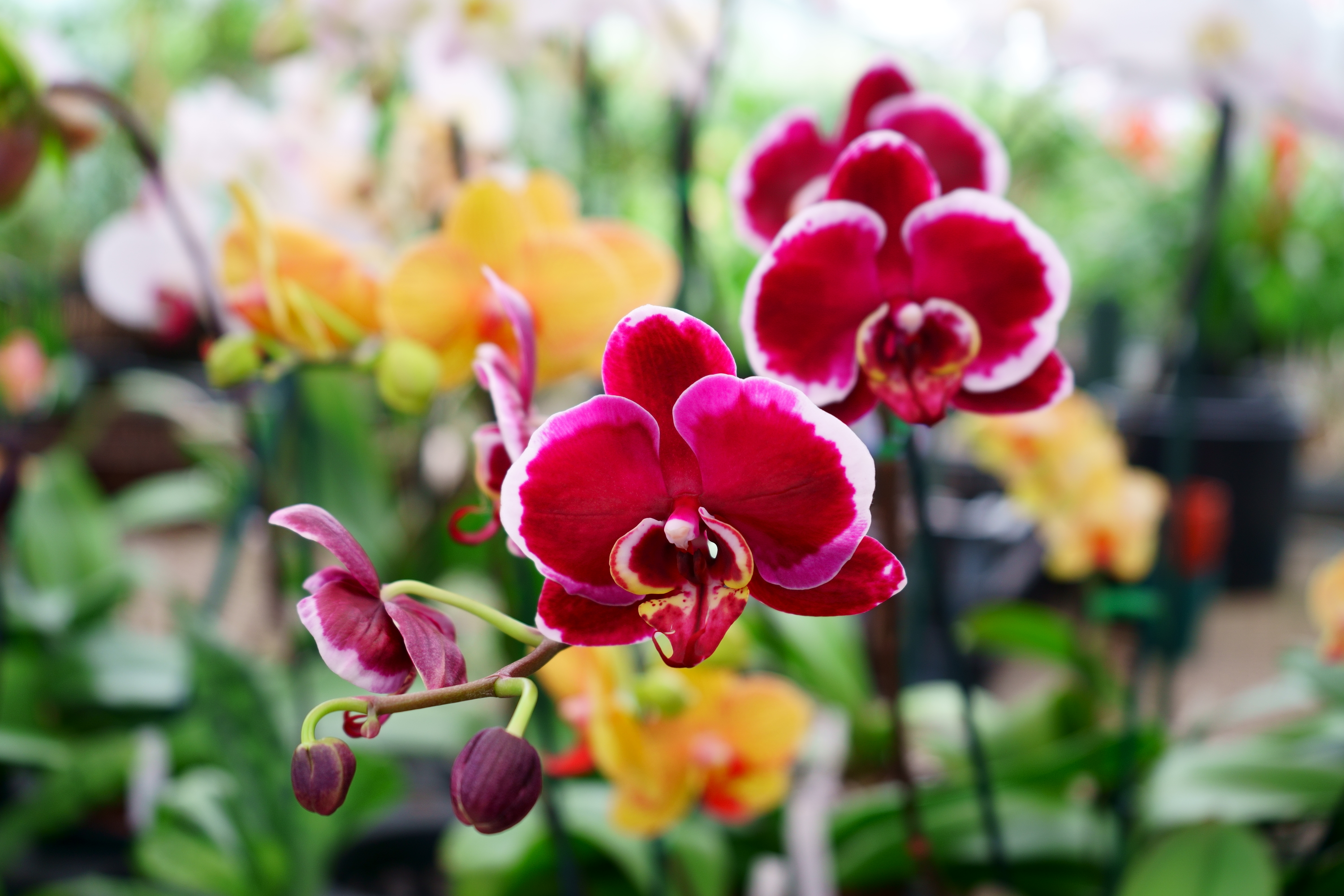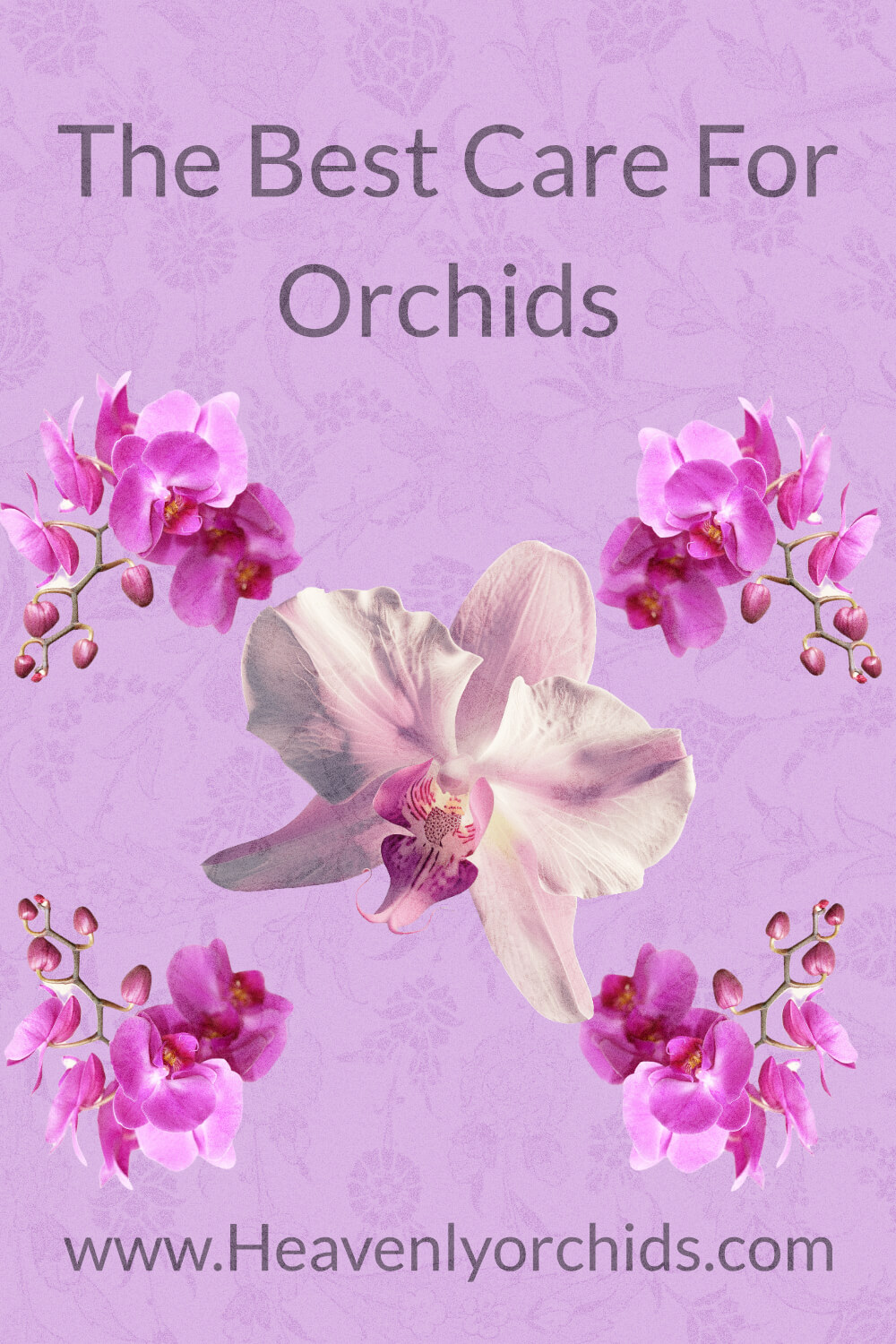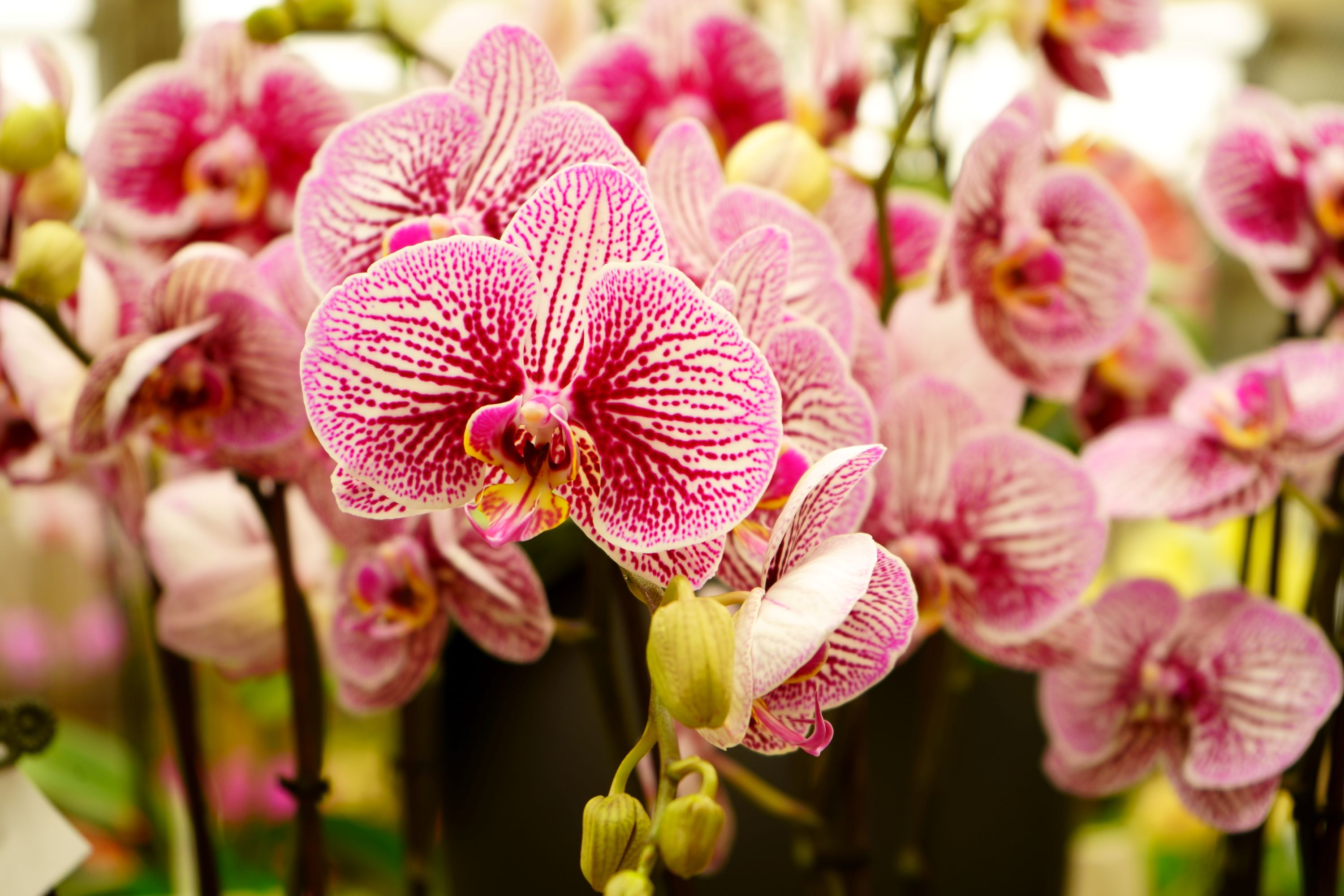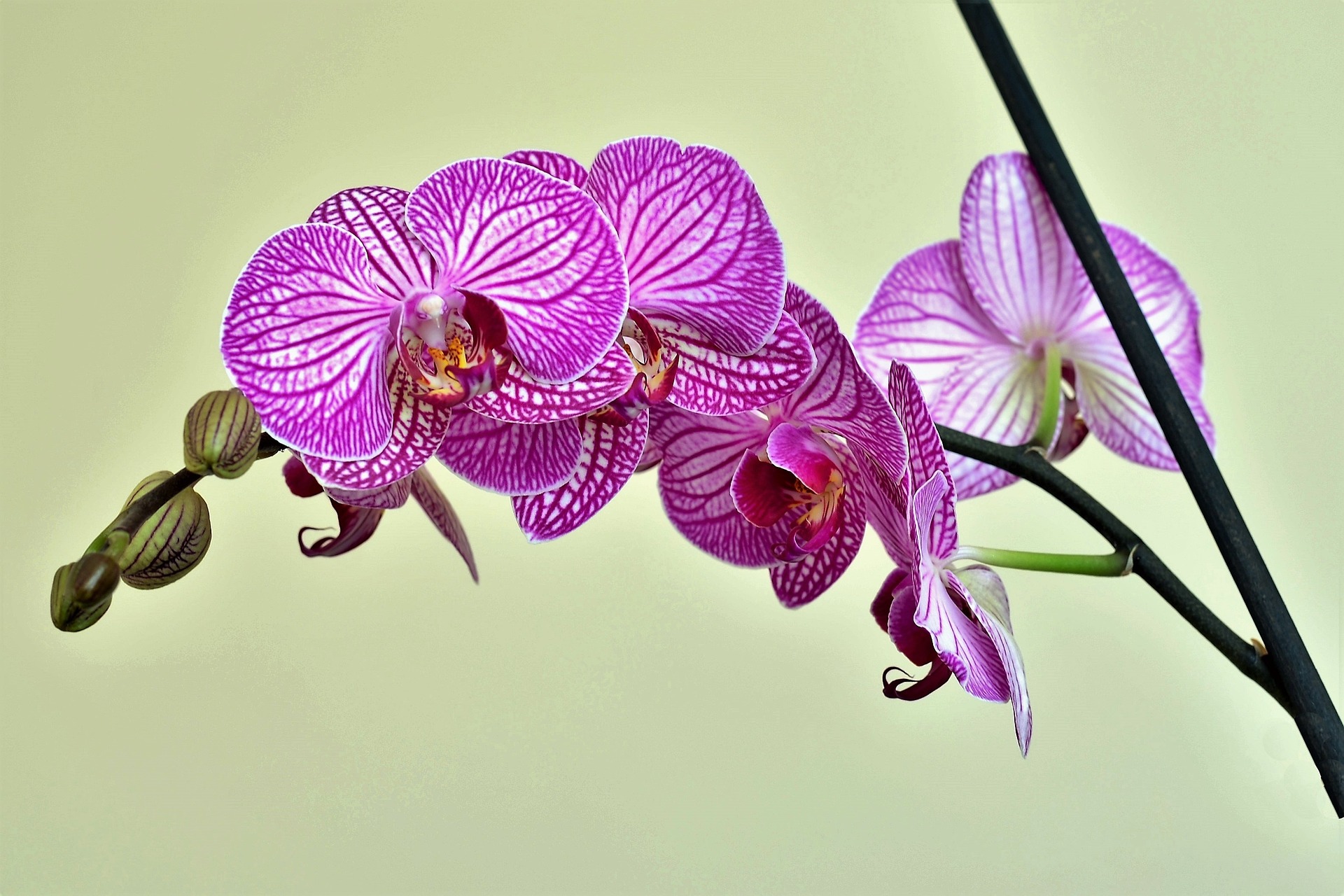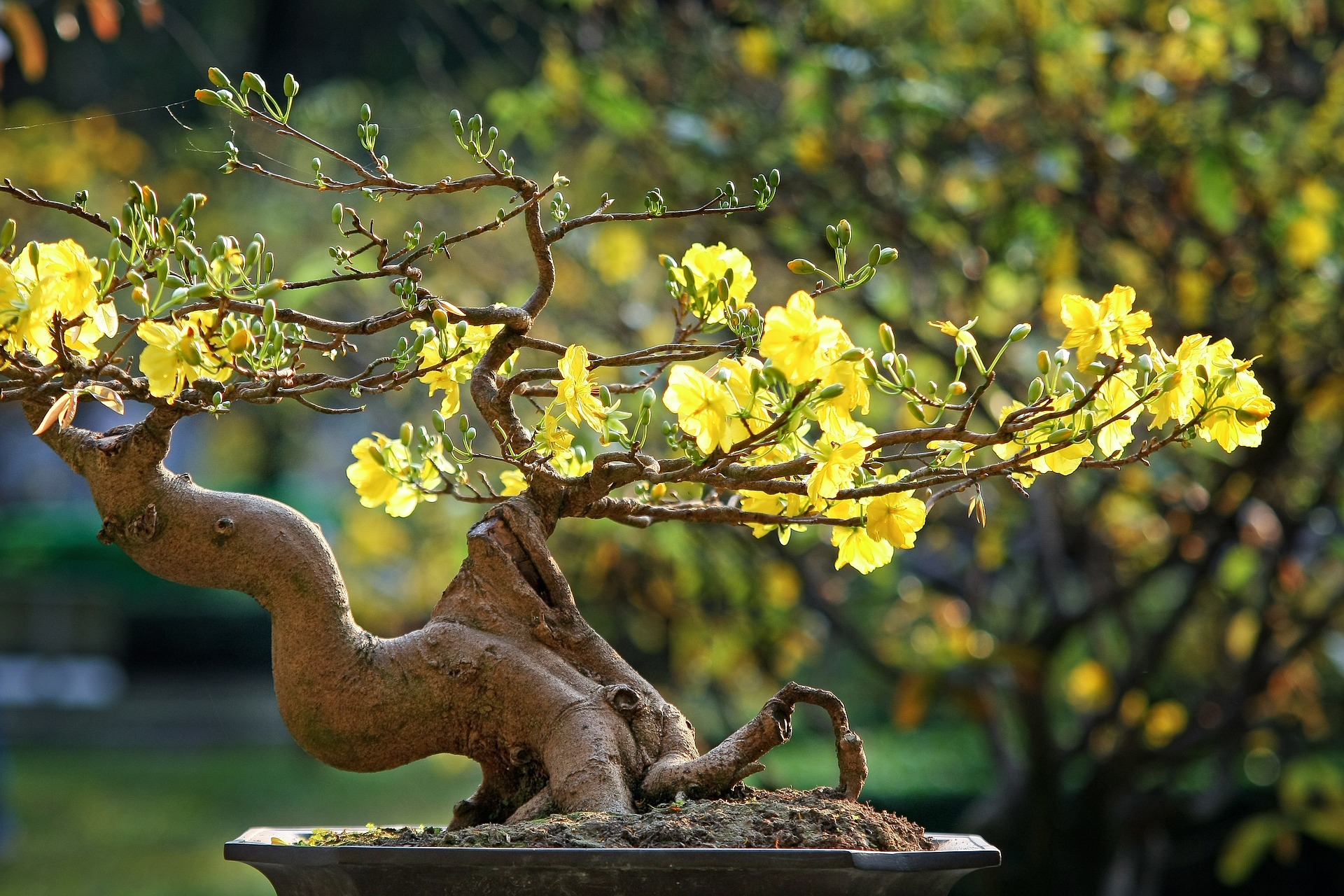The Best Care for Orchids: A Guide to Thriving, Blooming Beauties
Orchids are renowned for their exotic beauty and delicate blooms, but many people shy away from growing them because they believe they’re difficult to care for. The truth is, with the best care for orchids, these stunning plants can thrive and bloom year after year. Whether you’re a beginner or an experienced orchid enthusiast, this guide will walk you through everything you need to know about providing the best care for orchids, from lighting and watering to fertilizing and repotting.
Why the Best Care for Orchids Matters
Orchids are unique plants with specific needs. Unlike typical houseplants, they require a bit more attention to detail to flourish. Providing the best care for orchids ensures:
- Healthy Growth: Proper care promotes strong roots, lush foliage, and vibrant blooms.
- Long-Lasting Flowers: With the right care, orchids can bloom for months at a time.
- Disease Prevention: Good care practices reduce the risk of pests and diseases.
By understanding and meeting their needs, you can enjoy the beauty of orchids without the stress.
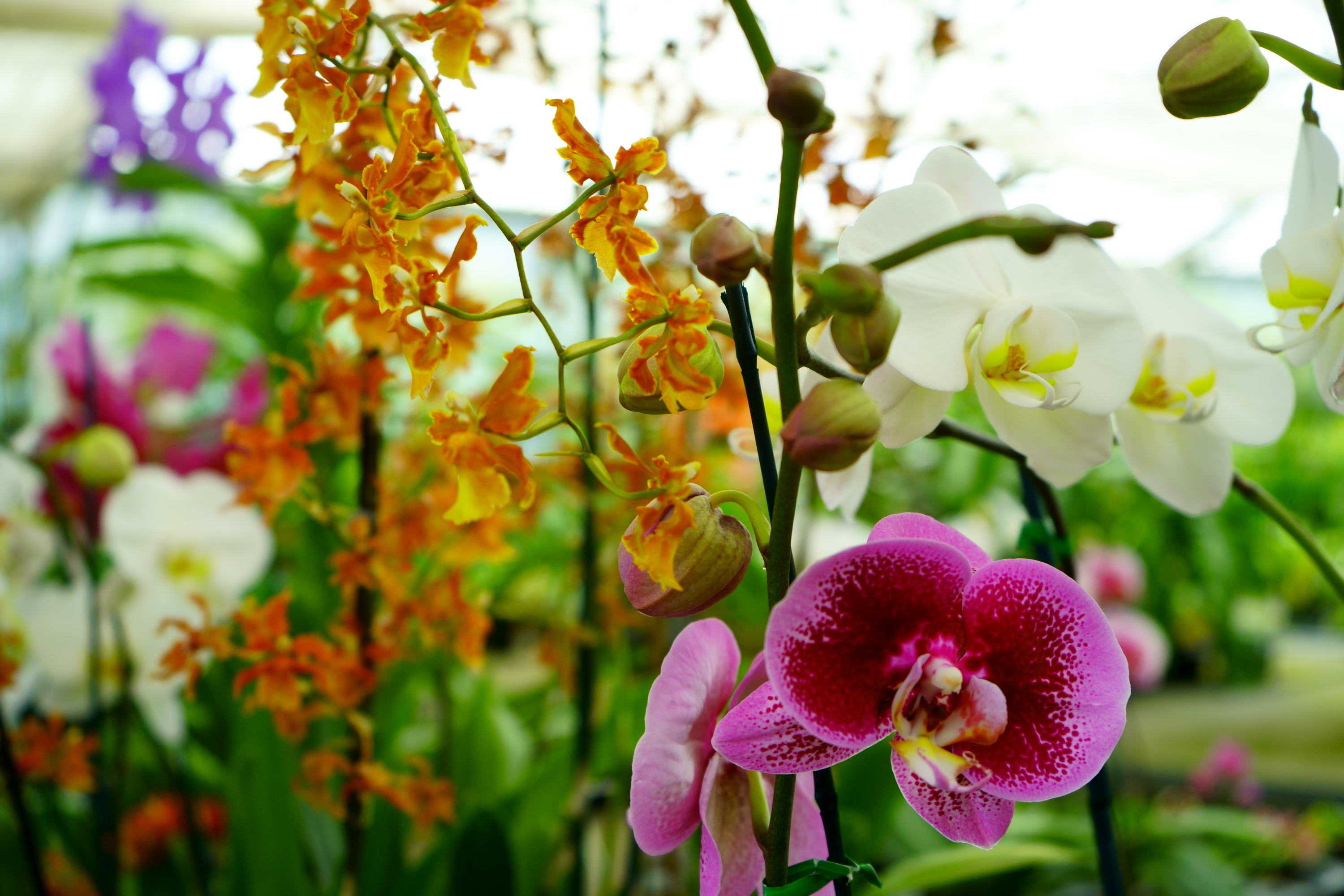
Heavenly Orchids participates in affiliate marketing programs, which means we may earn commissions on qualifying purchases made through our links. We only recommend products we genuinely believe in.
Get Your Free Phalaenopsis Orchid Care Guide Now!
Essential Tips for the Best Care for Orchids
Light: The Foundation of Orchid Care
Light is one of the most critical factors in providing the best care for orchids. Most orchids prefer bright, indirect light. Direct sunlight can scorch their leaves, while too little light can prevent blooming.
- Ideal Placement: Place your orchid near an east- or west-facing window.
- Signs of Trouble: Yellow leaves indicate too much light, while dark green leaves suggest too little.
For orchids that need supplemental light, consider this grow light, designed to mimic natural sunlight
Watering: Striking the Right Balance
Overwatering is the most common mistake in orchid care. Orchids prefer to dry out slightly between waterings.
- Watering Frequency: Water once a week, adjusting based on your home’s humidity and temperature.
- Watering Method: Water thoroughly, allowing excess water to drain out of the pot.
- Water Purity: Reverse osmosis water is important for orchid care because it is free of minerals, chemicals, and impurities that can accumulate in the potting medium and harm delicate orchid roots. Using RO water helps prevent salt buildup and ensures optimal nutrient absorption, promoting healthier growth and vibrant blooms.
To make watering easier, try this self-watering orchid pot, which helps prevent overwatering
Humidity: Creating a Tropical Environment
Orchids thrive in humid environments, similar to their natural tropical habitats.
- Ideal Humidity: Aim for 40-70% humidity.
- Humidity Boosters: Use a humidity tray, a room humidifier, or mist your orchid regularly.
For a simple solution, check out this humidifier, perfect for maintaining moisture levels.

Fertilizing: Feeding Your Orchid
Regular fertilizing is essential for the best care for orchids. It provides the nutrients they need to grow and bloom.
- Fertilizer Type: Use a balanced orchid fertilizer (20-20-20).
- Feeding Schedule: Fertilize every 2-4 weeks during the growing season and reduce frequency in the winter.
For a high-quality option, try this orchid fertilizer, trusted by orchid enthusiasts worldwide.
Potting Mix and Repotting: Ensuring Healthy Roots
Orchids need a well-draining potting mix and occasional repotting to stay healthy.
- Potting Mix: Use a specialized orchid mix made of bark, sphagnum moss, or coconut husk chips.
- Repotting Frequency: Repot every 1-2 years or when the potting mix breaks down.
Find the perfect mix with this premium orchid potting blend, designed for optimal root health.
Temperature: Mimicking Natural Conditions
Orchids thrive with the right temperature balance, mimicking their natural environment to encourage growth and blooming.
Daytime Temperature: Maintain a range of 65-80°F (18-27°C) for most orchids during the day.
Nighttime Temperature: Aim for a slight drop to 55-65°F (13-18°C) at night, which helps induce flowering in many varieties, including Phalaenopsis, Cattleyas, and Dendrobiums.
By replicating these natural temperature fluctuations, you’ll create the ideal conditions for your orchids to flourish. For more tips on orchid care, explore our curated selection of orchid care guides and tools, designed to help you nurture your plants to their fullest potential.
Troubleshooting Common Orchid Problems
Even with the best care for orchids, issues can arise. Here’s how to address common problems:
- Yellow Leaves: Often caused by too much light or overwatering. Visit our guide to leaves turning yellow for more insights.
- No Blooms: Usually due to insufficient light or lack of a temperature drop. Move your orchid to a brighter spot or adjust nighttime temperatures. Visit our guide to orchid reblooming secrets for more information.
- Root Rot: Caused by overwatering or poor drainage. Repot your orchid in fresh mix and trim damaged roots.
For a comprehensive guide to orchid care, explore this orchid care book, packed with expert tips and troubleshooting advice.
Styling Tips for Your Orchids
Orchids are not just plants—they’re living decor. Here are some creative ways to display your orchids:
Elegant Centerpiece: Place a Phalaenopsis orchid in a decorative pot as a stunning table centerpiece.
Bathroom Oasis: Add a humidity-loving orchid like Paphiopedilum to your bathroom for a spa-like vibe.
Office Accent: Brighten up your workspace with a compact Dendrobium orchid on your desk.
For stylish pots and planters, browse this collection of orchid-friendly containers.

- DREAMHOME: YOUR GUIDE TO A PERFECT HOME
- Discover the secrets of interior decorators!
- Decorate your home like the pros!
- Guide to interior design principles.
- Stylish home decoration ideas.
Conclusion: Mastering the Best Care for Orchids
Orchids may seem intimidating at first, but with the best care for orchids, they can become a rewarding and beautiful addition to your home. By providing the right light, water, humidity, and nutrients, you’ll be rewarded with healthy plants and stunning blooms.
Ready to take your orchid care to the next level? Explore our recommended products and start giving your orchids the best care they deserve today!
